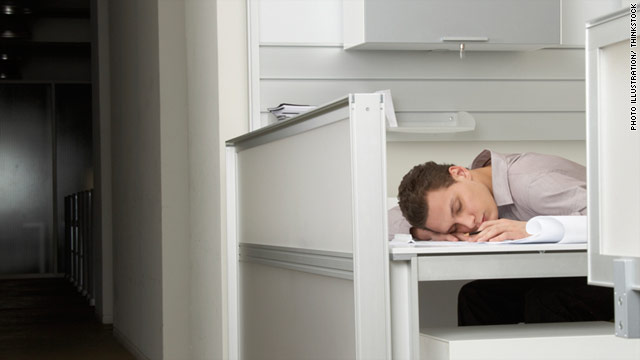 |
| Total Landscape Care |
Any smart business-person knows people are the heart of an operation. Employees can make or break you, bring in business or drive it away, and cause your company to thrive and grow or wither and die.
But finding the right employees – and keeping the good ones – isn’t the easiest task.
“Unquestionably, employees are our greatest blessing and our greatest challenge all wrapped into one,” says Mark Halla, owner of The Mustard Seed Landscaping and Garden Center in Chaska, Minnesota, and a TLC Landscaper of the Year finalist.
Finding employees that are a good fit for your company is key. Sometimes the person who seems the most qualified for the job isn’t necessarily right for the position.
“Like any relationship, it takes a long time to get to know each other,” Halla says. “We used to hire based on skill sets, but we learned that was the wrong approach for our company. It’s really more about personality and character for us. If they’re willing to learn, we can teach them anything.”
Whether you are looking to hire seasonal workers or full-time staff, here are eight ways to find, nurture and invest in long-term relationships with your employees.
Continue reading this article here.




